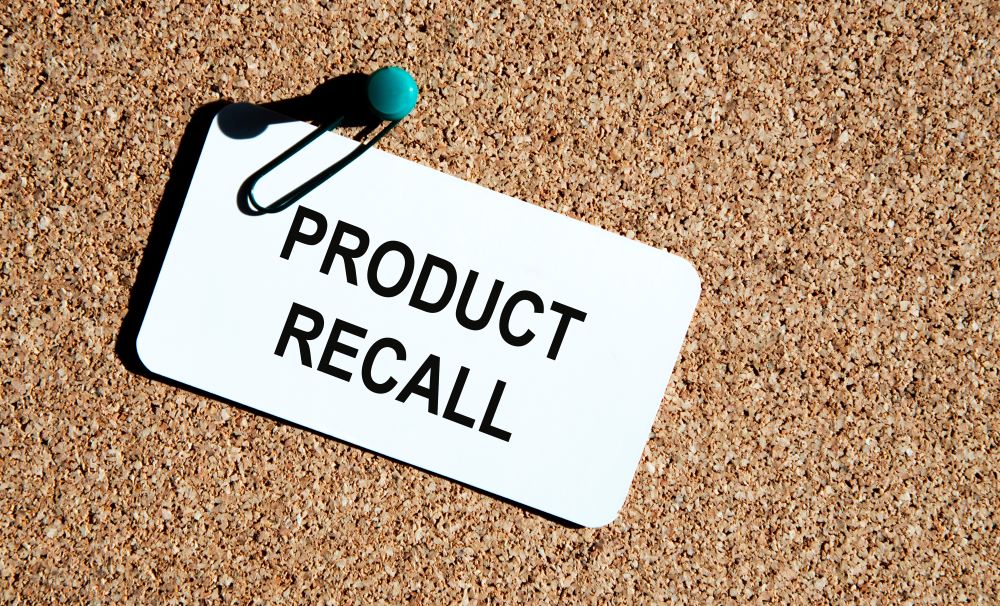Key Elements of a Product Liability Claim: What You Need to Know
Understanding the essential elements of a product liability claim is important when determining whether you have a case.
Identifying a Defect: The Basis of Your Claim
A successful product liability claim starts with proving that the product in question has a defect. These defects typically fall into one of three categories:
- Design Defects: These are flaws inherent in the product’s design, making it dangerous even when manufactured correctly. For example, a vehicle with a design flaw in its braking system poses a risk to all users.
- Manufacturing Defects: These occur during the production process, where certain units deviate from the intended design, leading to safety hazards. A batch of medication containing incorrect ingredients could also be an example of a manufacturing defect.
- Marketing Defects (Failure to Warn): This type of defect involves inadequate instructions or warnings about the risks associated with a product’s use. If a product lacks proper safety instructions and causes harm, the manufacturer or distributor could be held liable.
Causation: Linking the Defect to Your Injury
Causation is a critical element in any product liability claim. You must demonstrate that the defect directly caused your injury or damages. This means showing that the harm would not have occurred if the product had not been defective.
Actual Injuries or Damages: Proving Your Losses
For a product liability claim to be valid, you must have suffered actual harm—whether physical injuries, financial losses, or both. Documenting these damages is important, as they form the foundation of your claim. Examples include medical expenses, lost wages, and pain and suffering caused by the defective product.
Reasonable Use: Establishing Proper Product Usage
Another key element of a product liability claim is proving that you were using the product as intended or in a foreseeable manner when the injury occurred. If you were using the product in an unintended way, it might weaken your claim. For example, if you suffer an injury while using a tool in a manner outside its designed purpose, it could be challenging to hold the manufacturer accountable.
Strict Liability vs. Negligence
- Strict Liability: A manufacturer, distributor, or seller can be held liable for a defective product regardless of whether they were negligent. The focus is solely on the product’s condition.
- Negligence: This involves proving that the manufacturer or seller failed to exercise reasonable care in the design, production, or marketing of the product, leading to the defect that caused the injury.
Breach of Warranty: Ensuring Product Safety
Warranties are promises made by manufacturers or sellers regarding a product’s quality and safety. A breach of warranty occurs when a product fails to meet these promises, resulting in harm. This could involve either an expressed warranty (a clear, written guarantee) or an implied warranty (an unspoken assumption that the product is safe to use).
Product Identification: The Necessity of Specifics
To pursue a product liability claim, it’s essential to identify the exact product that caused your injury. This includes details like the model number, manufacturing date, and serial number. Accurate identification helps establish a clear link between the defect and the injury.
When to Seek Legal Assistance
Understanding these elements is just the first step in navigating a product liability claim. If you believe you’ve been harmed by a defective product, consulting with an experienced attorney should be your next step. At ECD Law, we offer comprehensive legal support to help you determine if you have a valid claim and guide you through the process of seeking compensation.
Contact Warren Chin and the attorneys at ECD Law at 941-366-8888 or through our contact form to discuss your case. Our Sarasota-based team is here to provide the legal guidance you need.

